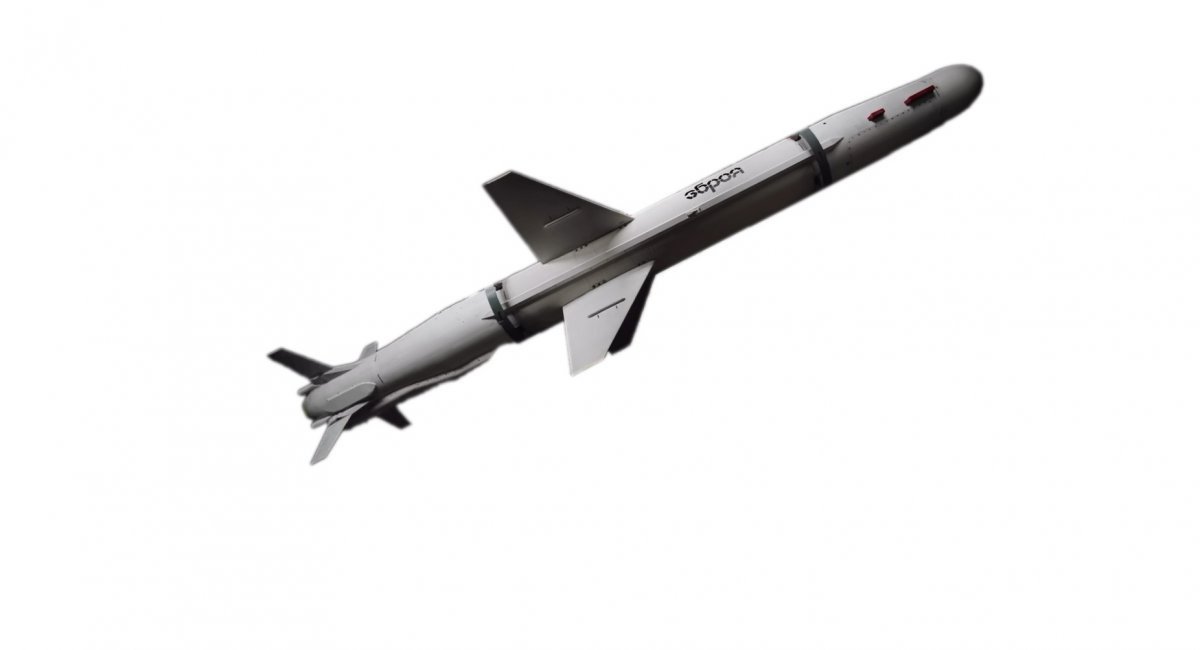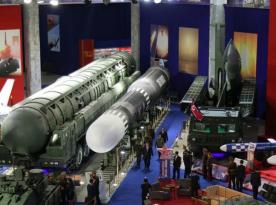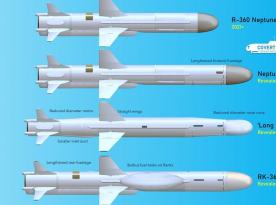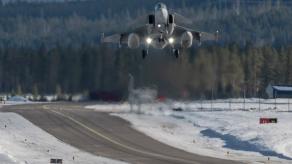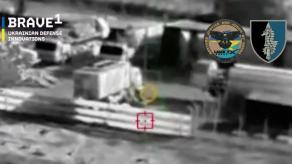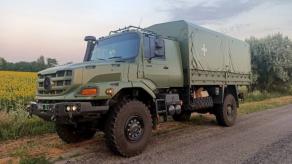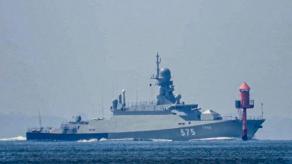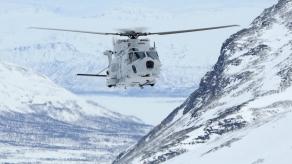Ukraine's Zbroya state defense industry portal published specifications for the long-range cruise missile that until now had been known mainly by its informal name, "Long Neptune." The missile's appearance was shown publicly on Independence Day this year; at a Kyiv exhibition currently underway, the system and missile were displayed under the Zbroya banner and precise figures for range and warhead weight were posted.
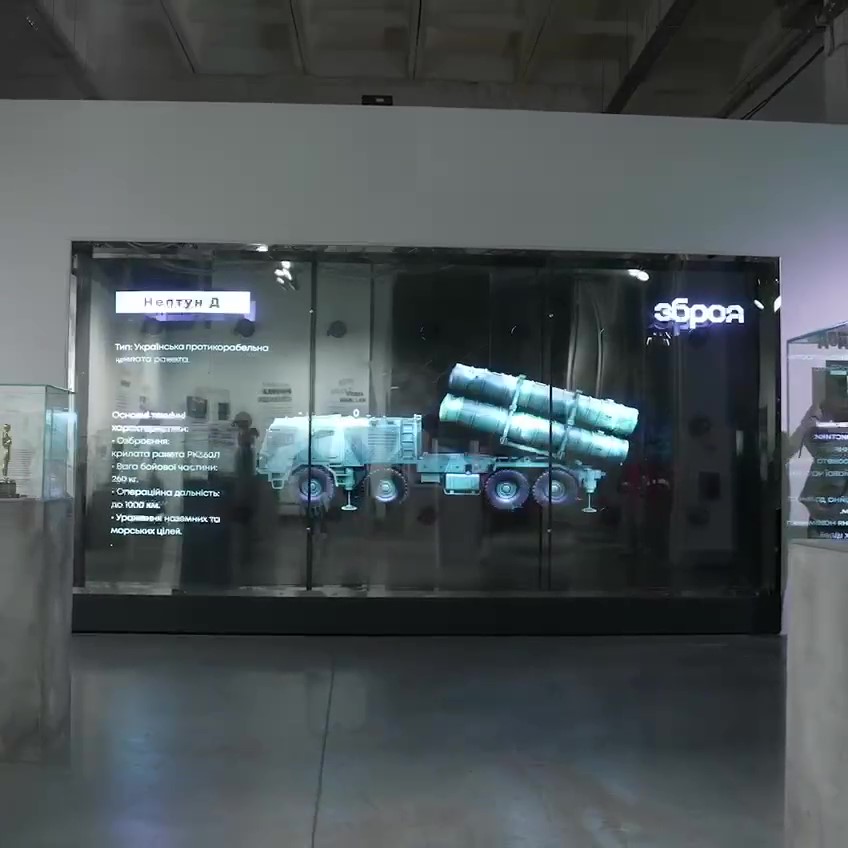
Official designations have been confirmed: the system is designated Neptune-D, and the upgraded missile is designated RK360L. Its flight range is listed at 1,000 km — roughly 3.5 times the declared range of the anti-ship R-360 variant (280 km).
Read more: Ukraine's Neptune Strike on the Elektrodetal Plant Shows the Enemy Has Decommissioned an Entire GRAU Arsenal
Despite this substantial increase in range, the RK360L's warhead mass has also grown to 260 kg, compared with 150 kg for the anti-ship version. That is a notable surprise: increased range is typically achieved at the expense of warhead mass, not by increasing it.
According to the published information, Neptune-D's developers managed to both extend range and increase warhead mass. The trade-off appears to have been achieved by reducing internal fuel volume (and thus some potential range margin) in order to allocate greater mass to the warhead.
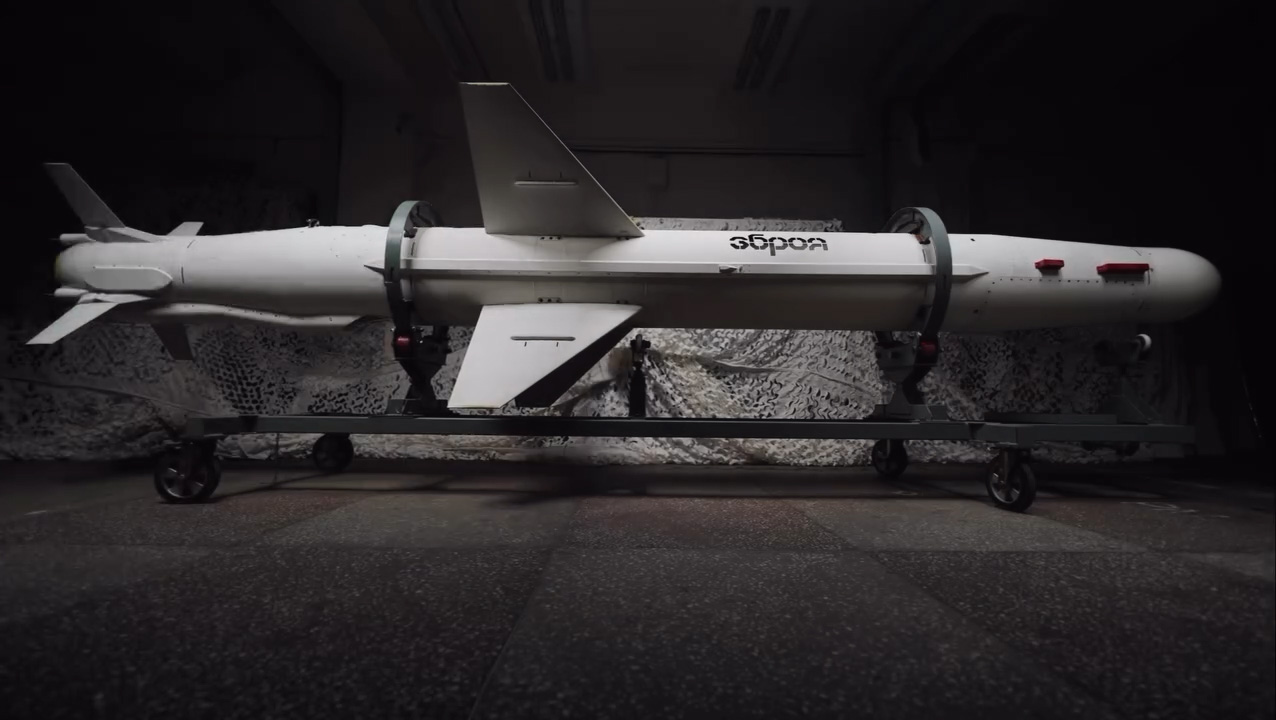
Published photos allow further estimates: the RK360L's body length is approximately 6 m (without booster) — about 1.5 m longer than the earlier variant — and fuselage diameter has increased to roughly 50 cm versus 38 cm previously.
Another important point: RK360L is reported capable of engaging both land and sea targets — i.e., it can strike moving maritime targets as well as fixed ground targets. The guidance suite was not fully disclosed, but the declared anti-ship capability suggests the missile retains an active radar seeker for terminal homing.
@ukroboronprom showed the main technical characteristics of the Ukrainian cruise missile "Neptune D":▪️Warhead — 260kg▪️Operational range — up to 1000km▪️Purpose — to strike sea and land targetsThese missiles recently hit the "Electrodetal" plant in the Bryansk region pic.twitter.com/qCCbZbVhwa
— Cloooud | (@GloOouD) October 1, 2025
Designers also solved a complex set of challenges to enable reliable flight over land.
These include: (1) terrain-masked/terrain-following flight over variable relief, which is considerably more difficult than sea-skimming over smooth water; (2) the ability to follow a prescribed route without satellite navigation; and (3) accurate engagement of land targets, which is more demanding than homing on a large metal object against a sea background. On top of these achievements, RK360L combines extended range with a larger warhead.
Read more: The First Target of Ukraine's "Long Neptune" Missile Was russian Military Facility in Crimea




